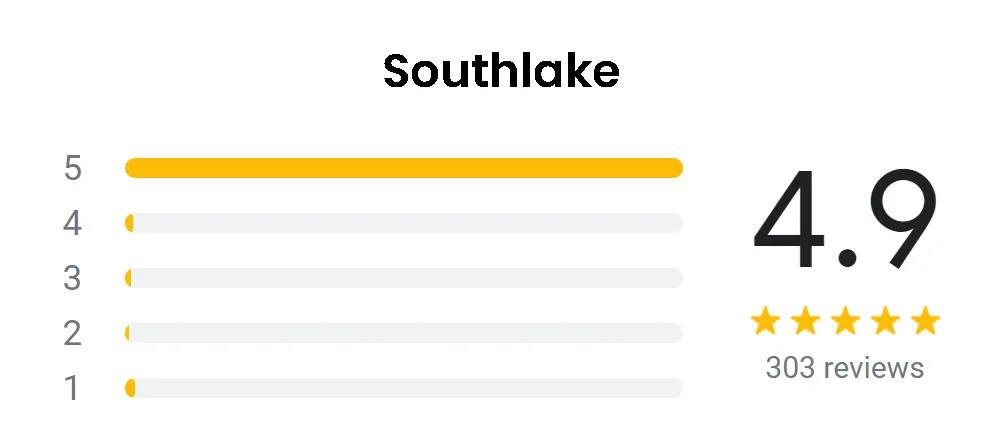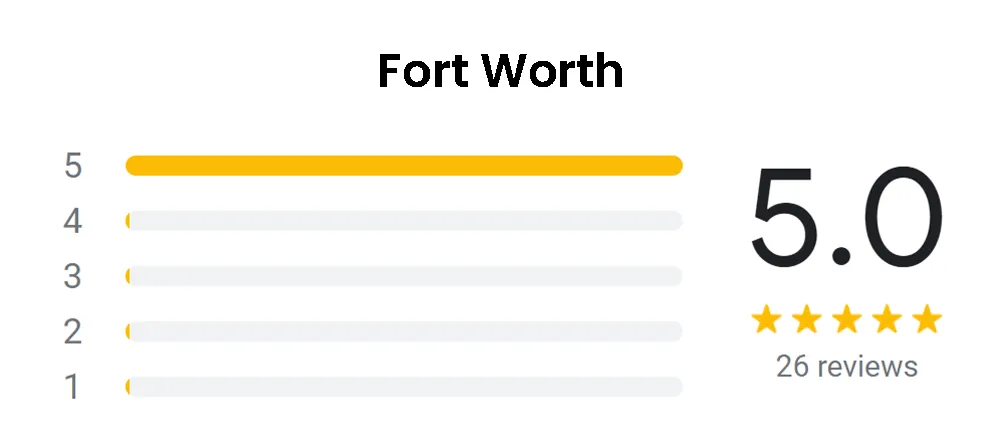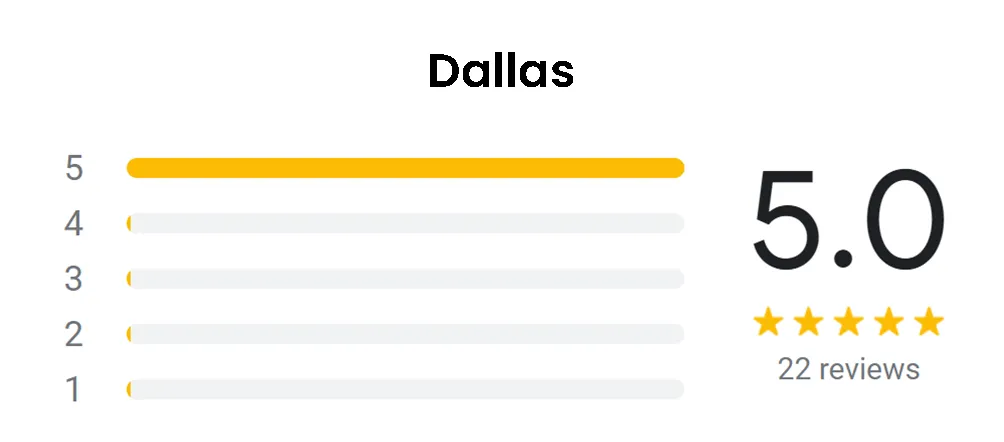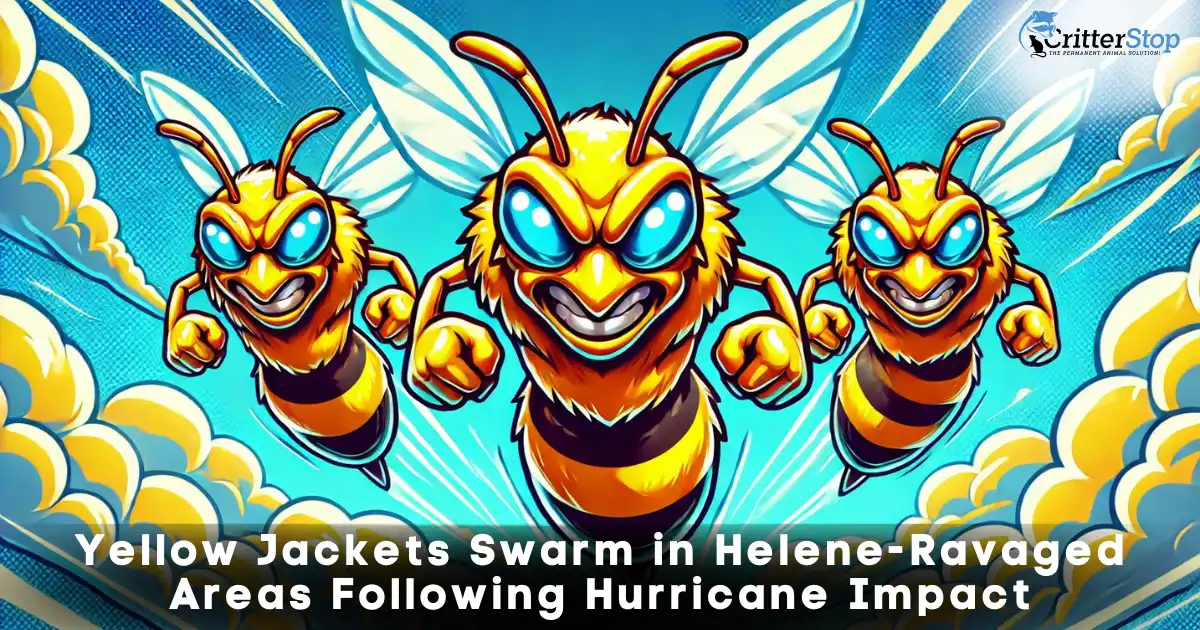
In the aftermath of Hurricane Helene’s devastating landfall in Florida, catastrophic flooding swept through North Carolina’s Appalachian Mountains, displacing a wide array of wildlife.
Among the affected creatures are yellow jackets, whose nests—typically nestled in tree stumps, underground, hollow logs, and within walls—were destroyed by the storm’s powerful forces.
As communities begin the long recovery process, residents encounter an unexpected challenge: swarms of yellow jackets seeking new habitats.

These aggressive yellow-and-black-striped wasps have moved into residential areas, increasing the risk of stings and allergic reactions among the population.
Health officials are responding by distributing additional supplies of Benadryl and EpiPens to manage allergic responses. Pharmacists have also been granted the authority to provide emergency refills for these critical medications, and efforts are underway to establish standing orders that allow for the dispensing of allergy treatments without a prescription.
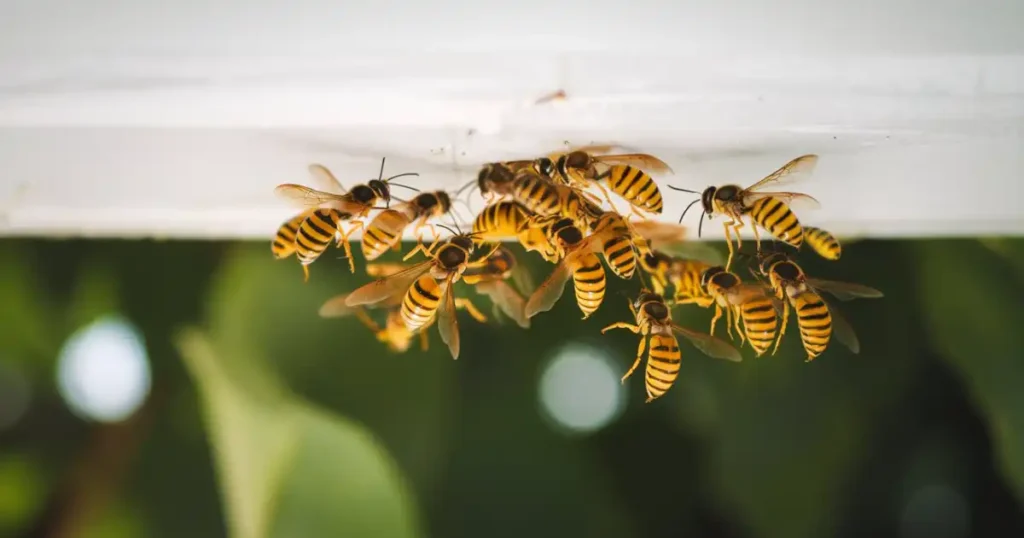
Yellow jackets pose a significant threat compared to other stinging insects like honeybees. Unlike honeybees, yellow jackets can sting multiple times and become highly aggressive when their nests are threatened. A yellow jacket sting results in mild pain, swelling, and itching for most individuals. However, for those with allergies, stings can trigger anaphylaxis—a severe and potentially life-threatening reaction requiring immediate medical attention with an EpiPen.
Health experts advise that if stung by a yellow jacket, individuals should promptly remove the stinger by plucking it out or scraping it away with a flat object like the back of a knife. Non-allergic reactions can be managed at home using ice packs, antihistamines such as Benadryl, calamine lotion, and over-the-counter pain relievers.
Local pest control services, including organizations like Critter Stop, are crucial in addressing the surge of yellow jackets. These professionals assist residents by safely removing displaced nests and implementing preventive measures to reduce the likelihood of future infestations.
Critter Stop specializes in exterminating yellow jackets and other pests, ensuring that communities can safely navigate the challenges posed by the increased presence of these aggressive swarms in the wake of Hurricane Helene.
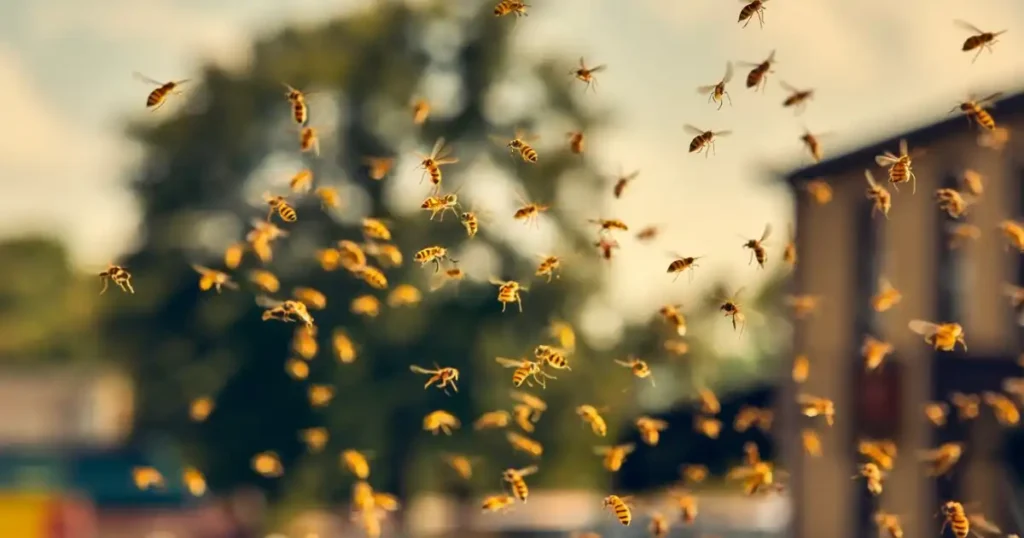
With yellow jackets displaced by Hurricane Helene, there are growing concerns about their potential spread to neighboring regions, including Texas. If yellow jackets begin to invade Texas, communities can expect a similar increase in swarm activity, posing risks to residents and local ecosystems.
In anticipation of possible yellow jacket invasions, pest control experts like Critter Stop are prepared to collaborate with communities across Texas to combat these swarms effectively.
By working with local authorities and residents, Critter Stop aims to implement strategic removal and prevention measures to minimize the impact of yellow jackets.
Their expertise ensures that affected areas receive timely and efficient assistance, safeguarding public health and maintaining safe living environments.
As recovery efforts from Hurricane Helene continue, the collaboration between health agencies and pest control experts remains essential in safeguarding the health and well-being of affected populations.
Residents experiencing issues with yellow jacket swarms are encouraged to seek professional assistance to mitigate risks and restore home safety.
Contact local experts, such as Critter Stop, for more information on managing yellow jacket infestations and to access professional pest control services.
Visit our Critter Library and learn more about our furry friends
